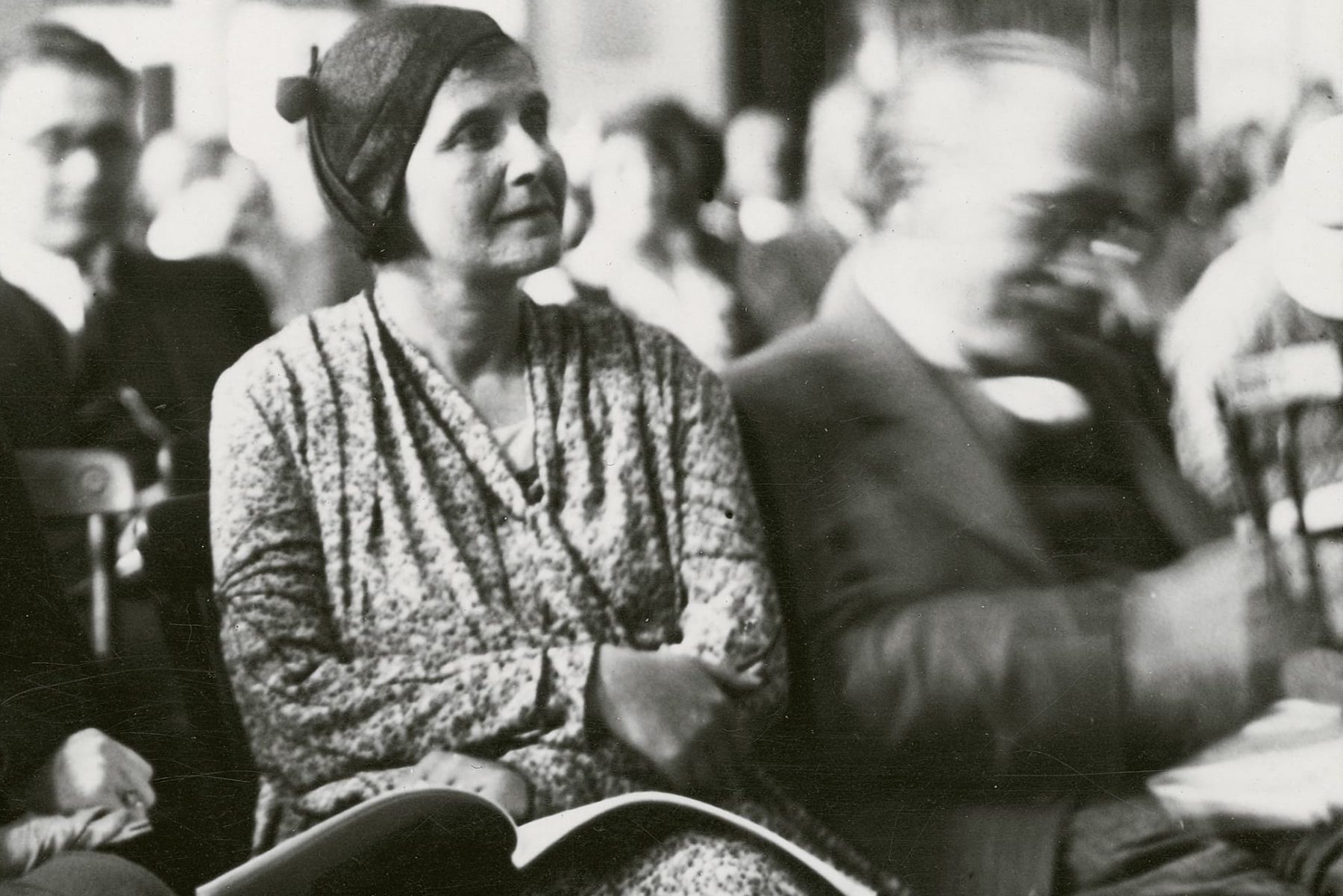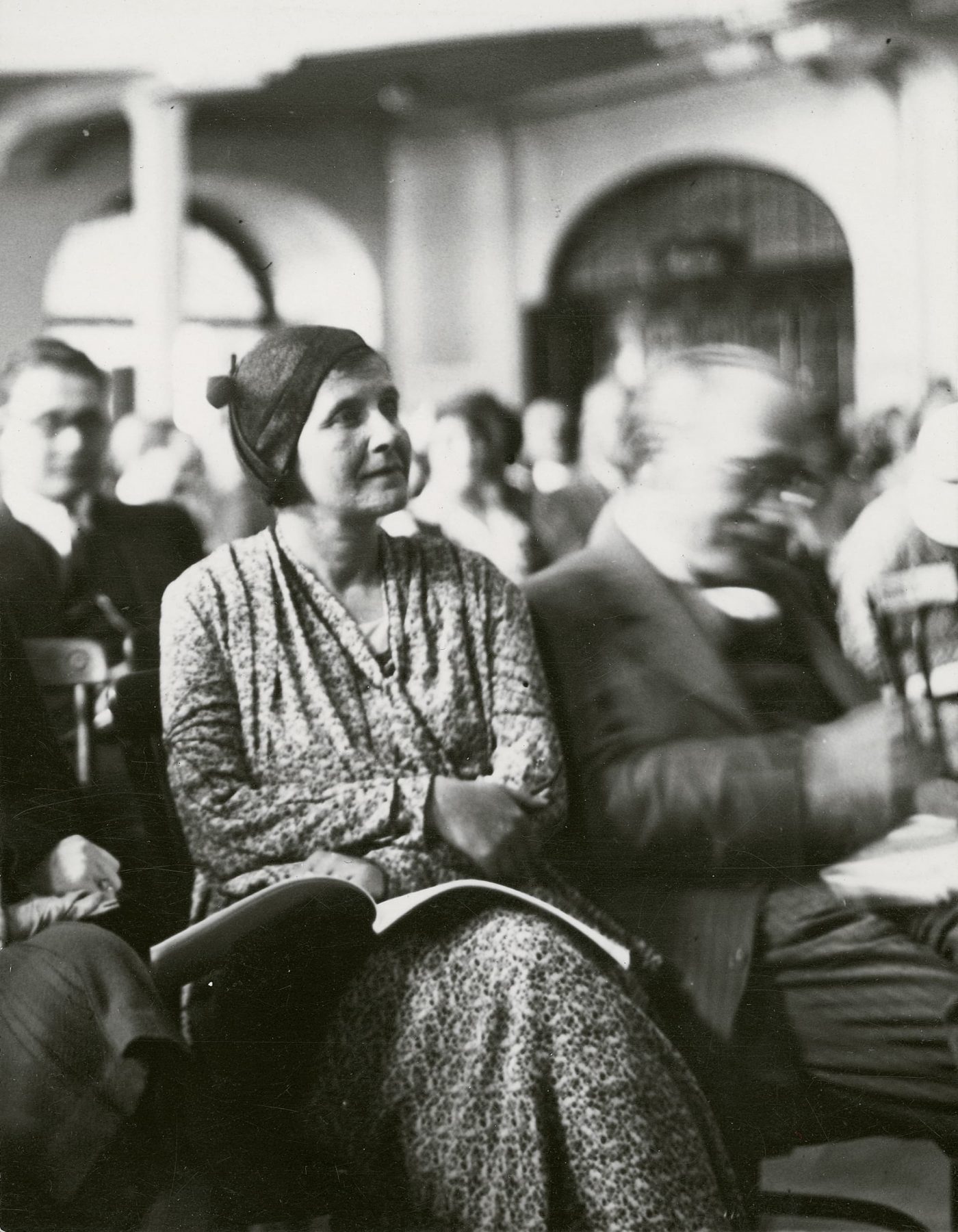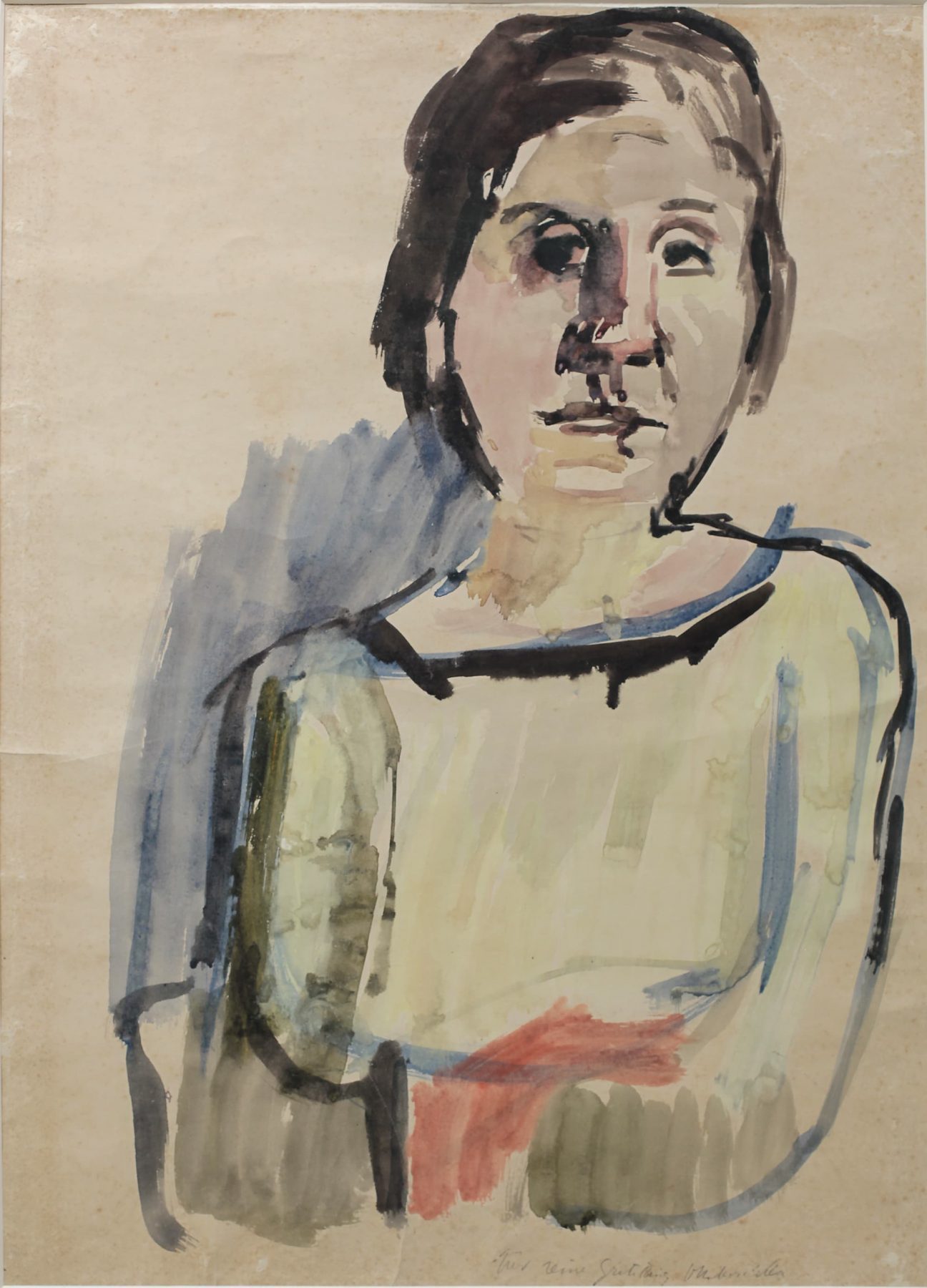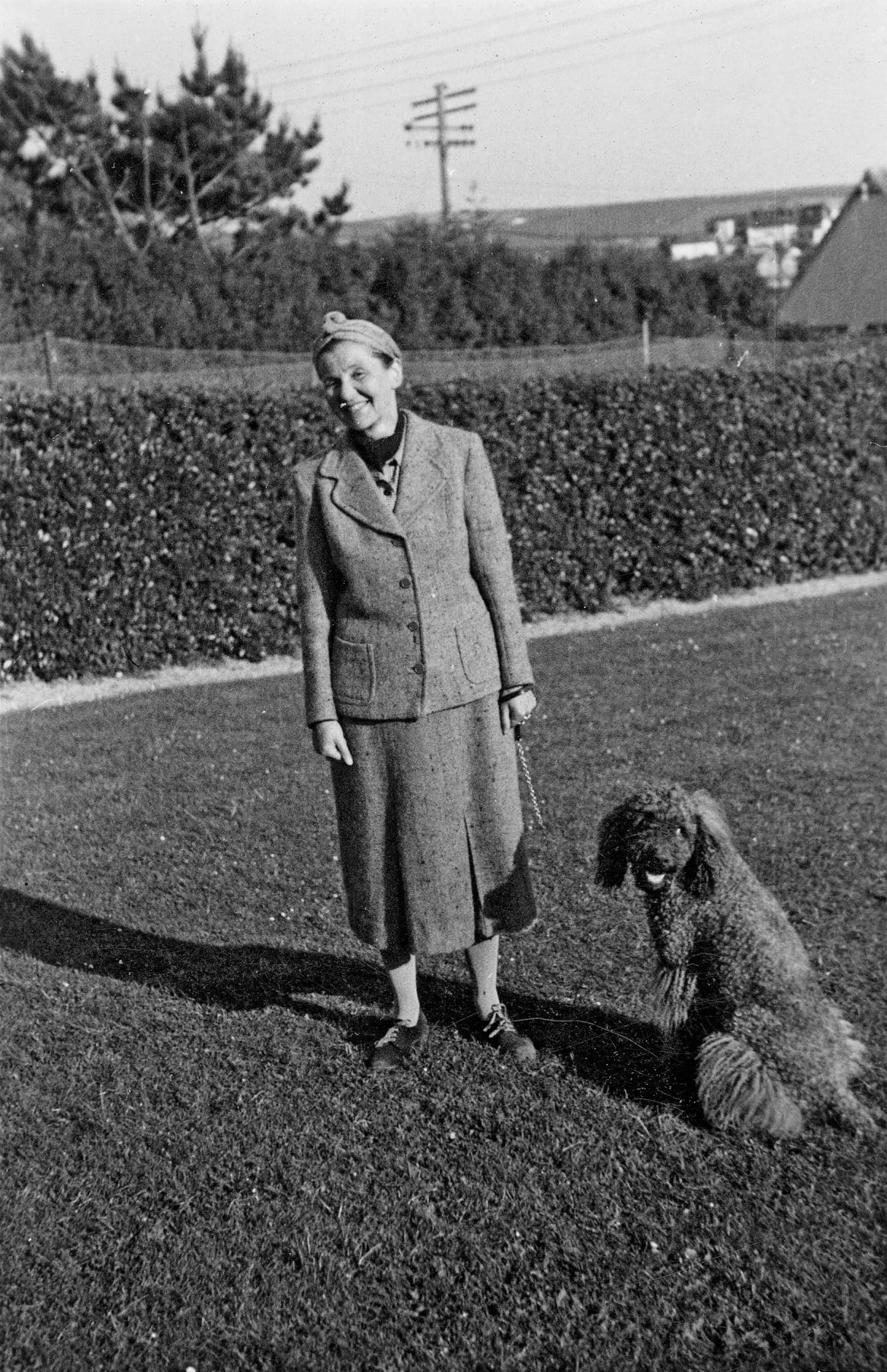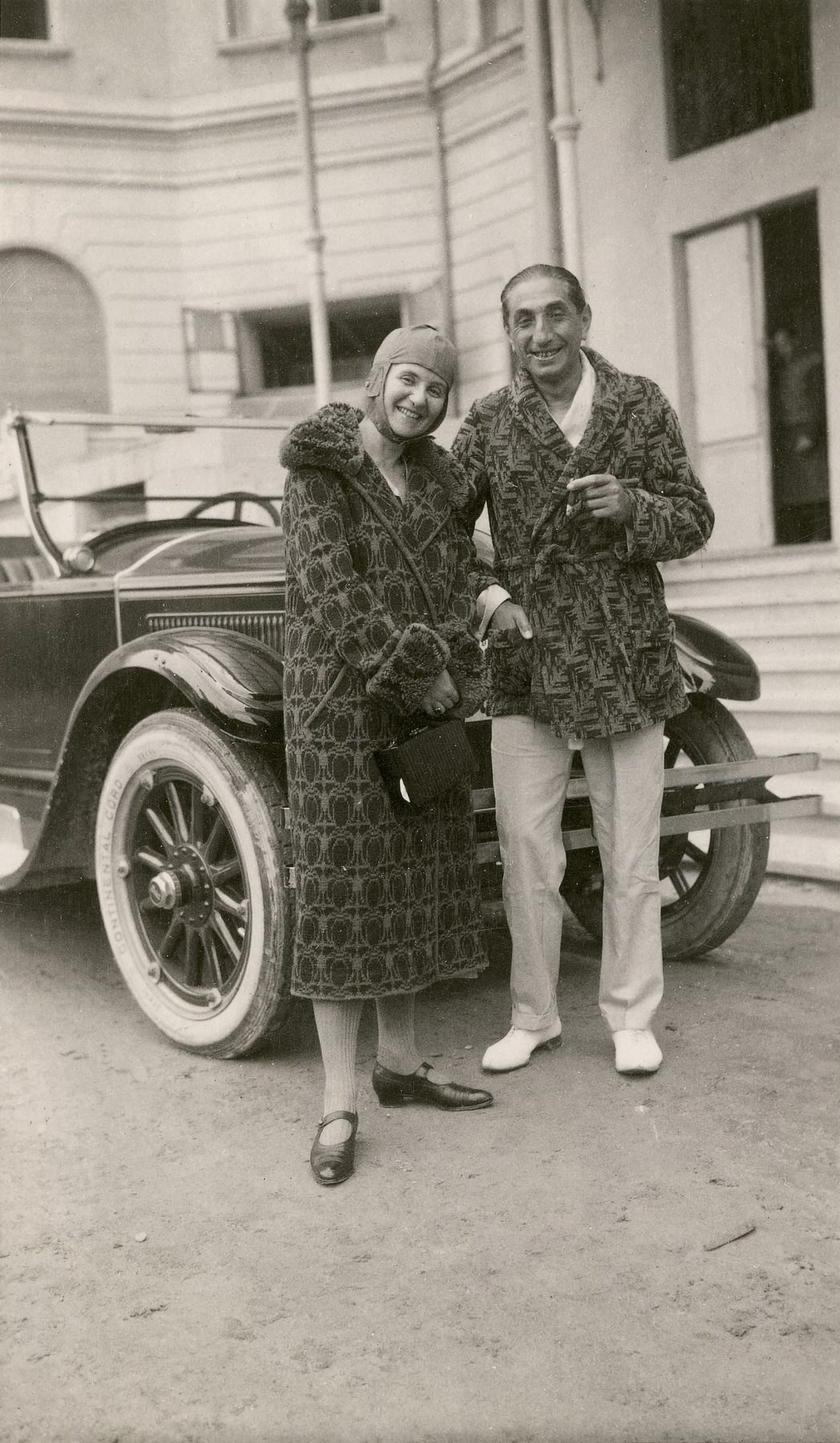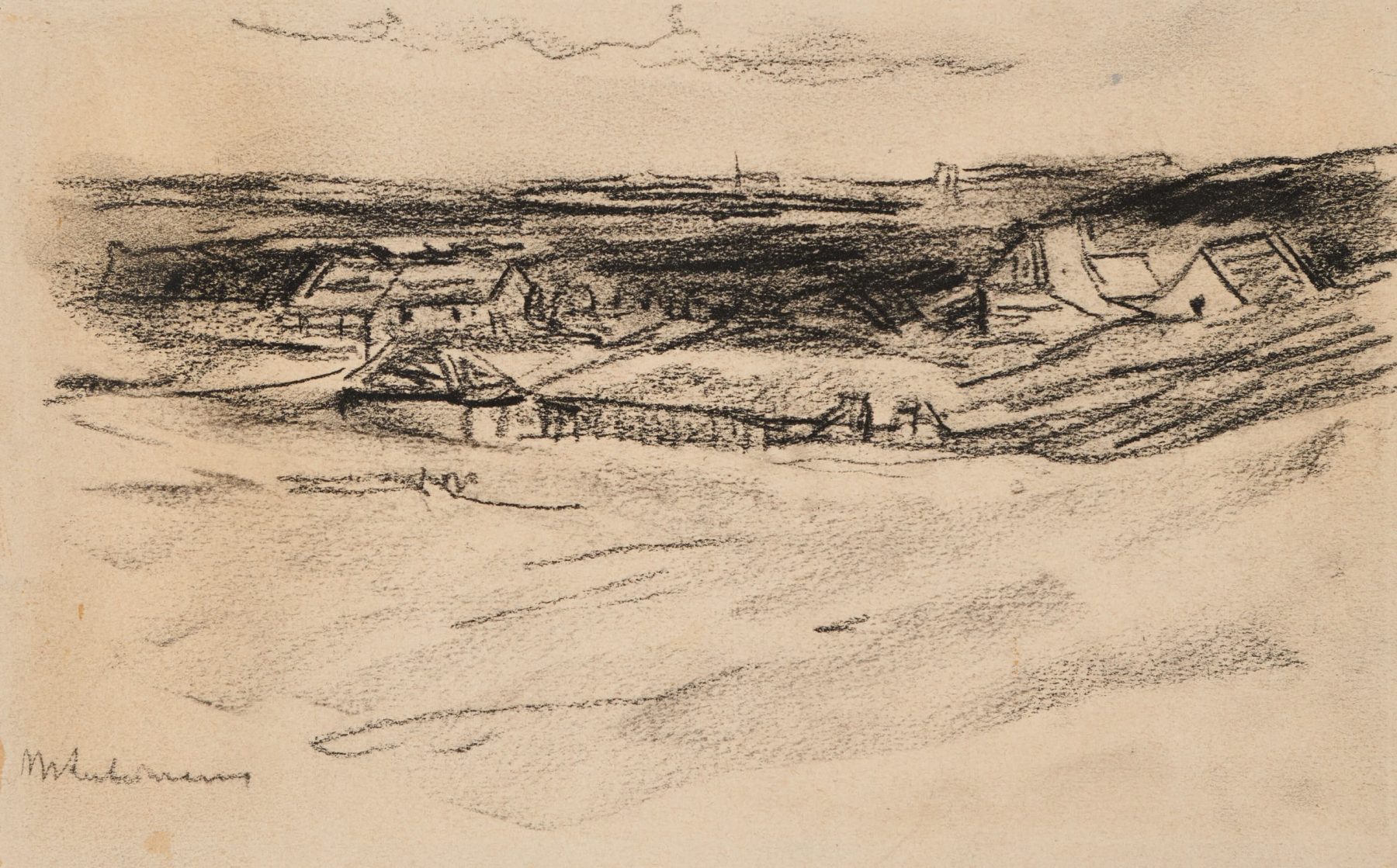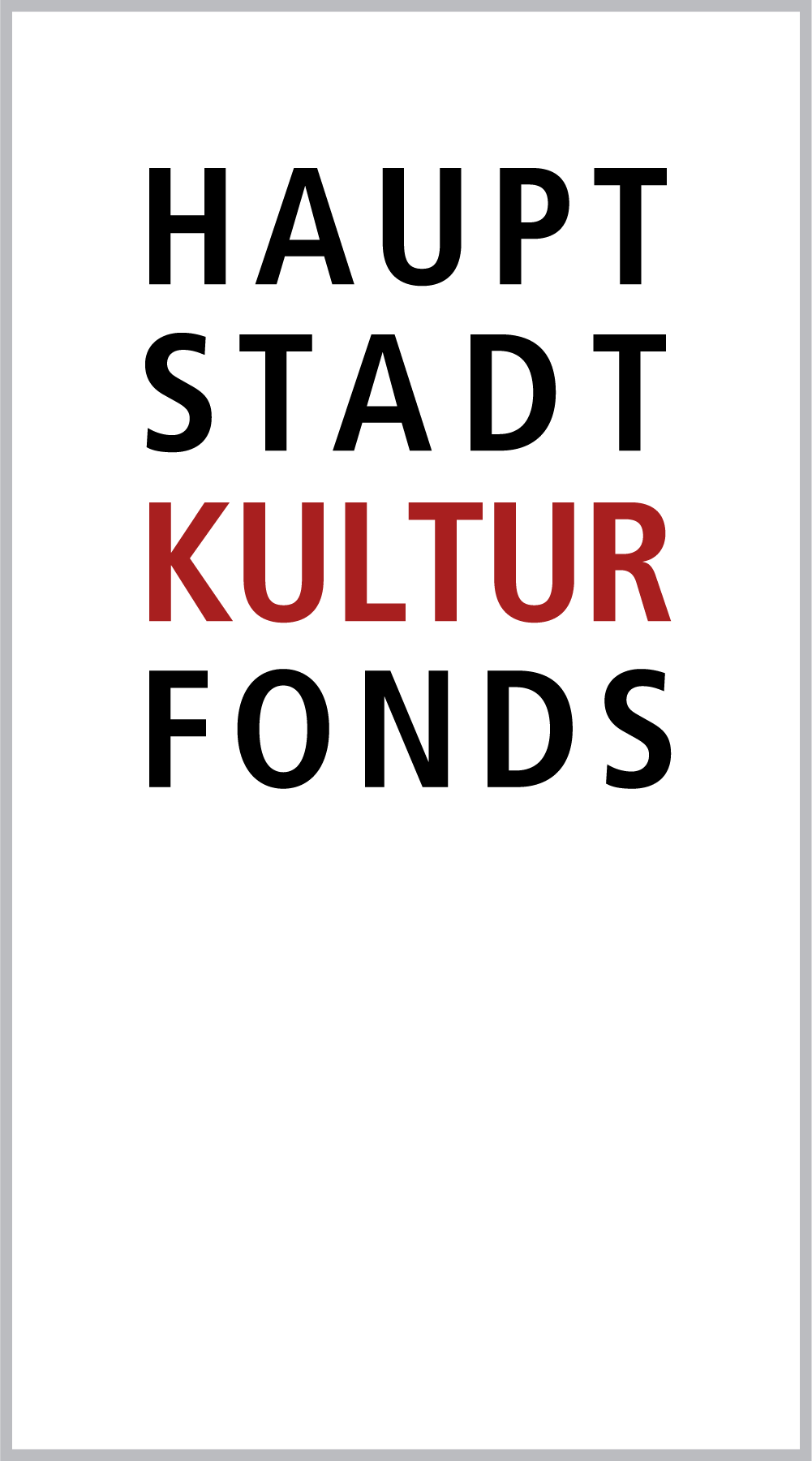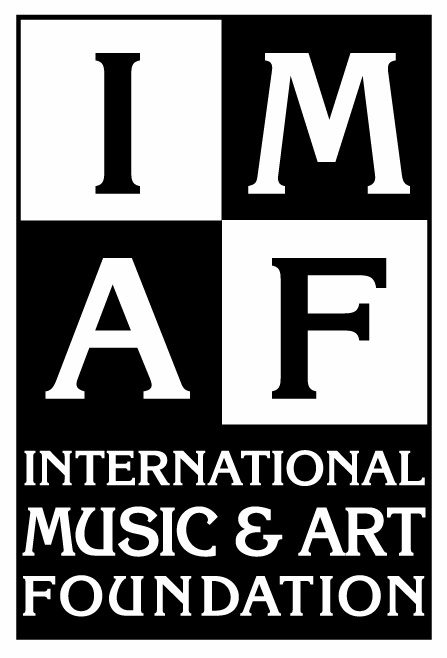About the exhibition
After completing her doctorate with Heinrich Wölfflin, Grete Ring initially worked as a research assistant at the Berlin museums before joining the Kunstsalon Cassirer, the leading art gallery in Berlin, shortly after the First World War. Their discovery of the so-called “Wacker Van Gogh forgeries” in 1928 caused a sensation. Being confronted with the threat of persecution by the National Socialist regime, she was forced to leave Berlin in 1938. In exile in London, she was able to successfully continue her career by founding a branch of the Cassirer art salon.
Ring’s life is reconstructed for the first time in the exhibition with works of art that she exhibited herself or with which she once traded, using photographs and surviving documentary materials. Her close friendship with Oskar Kokoschka is presented thanks to works of Ring herself, which he gave her. Ring also amassed an impressive collection of French and German drawings over the years, which was bequeathed to the Ashmolean Museum in Oxford after her death. These include works by Paul Cézanne, Pierre-Auguste Renoir, Caspar David Friedrich, Edgar Degas, Jean-Auguste Dominique Ingres and Eugène Delacroix. The Liebermann-Villa considers itself lucky to be able to show a selection of these masterpieces as part of the exhibition.
The exhibition is funded by the Hauptstadtkulturfonds; the accompanying catalog by the International Music & Art Foundation. The exhibition is under the patronage of Dr. Felix Klein, Federal Government Commissioner for Jewish Life In Germany and the Fight against Antisemitism as well as Paul Smith, Director of the British Council in Germany.
